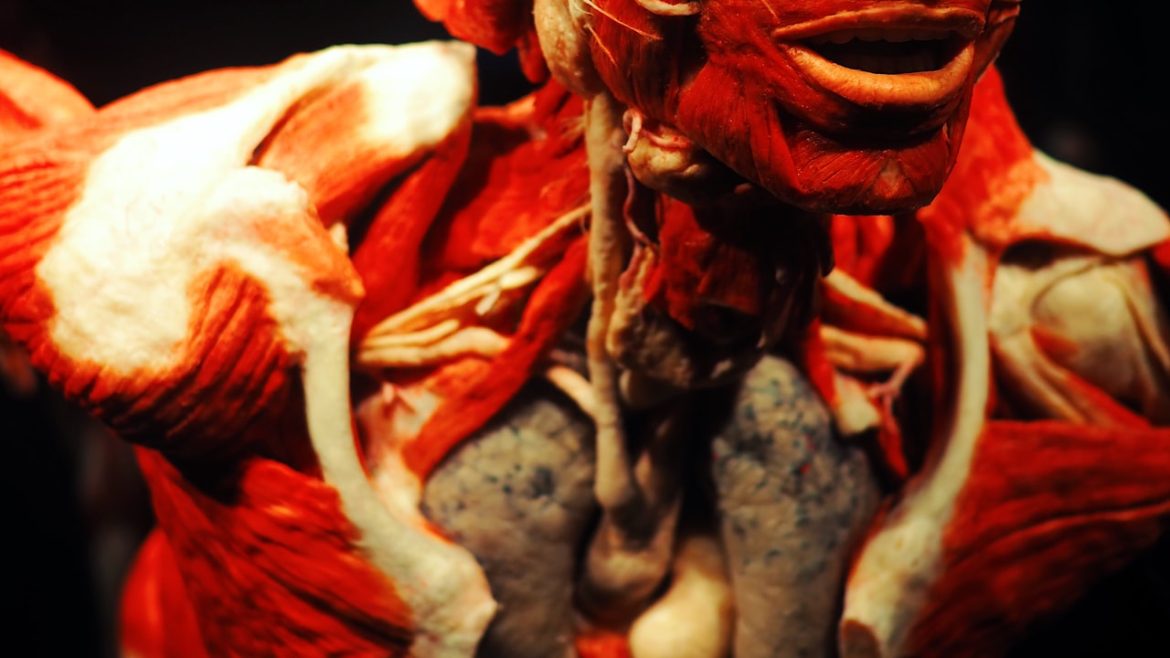Body-worn cameras, or BWCs, have several advantages and are essential for police enforcement. They improve openness and accountability by offering an impartial assessment of the interactions between officers and the public.
BWCs facilitate evidence gathering, protect law enforcement personnel and the public, and enhance incident reporting. Hytera cutting-edge body-worn camera solutions are trusted by law enforcement agencies worldwide for their reliability and advanced features.
These gadgets also improve community connections, can be used for training and supervision, and help lower the number of use-of-force events. They are an invaluable resource for law enforcement since they promptly handle complaints and assist with criminal investigations. To maintain professionalism, openness, and confidence in law enforcement, BWCs are essential to current methods.
Bodycam for Law Enforcement, Security Guards:
In addition to the police, fire, and ambulance services, body-worn cameras are also provided to frontline workers who may be subjected to abuse or the threat of violence at work, such as prison staff, private security officers, healthcare providers, railroad employees, traffic wardens, and parking attendants.
Selecting the right body camera for your purposes is crucial, but Hytera offers a wide choice of options, so there is a device to fit any demand and price range. Hytera’s body camera records high-quality audio and video at a range of events, promoting accountability and transparency while ensuring worker and public safety.
What Are The Potential Benefits Of Body-Worn Cameras?
Body-worn cameras safeguard people’s rights, uphold law enforcement professionalism, and increase public confidence in the force. They are an invaluable resource for gathering evidence, handling complaints, and conducting law enforcement operations fairly and openly.
But it’s crucial to strike a balance between these advantages and privacy concerns as well as explicit usage guidelines. By offering visual and audio documentation of crime scenes, accidents, and other incidents, BWCs increase the veracity of incident reports.
Accountability and Transparency:
By offering an unbiased, unaltered record of encounters, BWCs help to foster accountability in law enforcement. This improves policing’s openness and credibility.
Reduced Use of Force:
Research has indicated that the presence of BWCs can lessen the number of occurrences involving the use of force, which benefits the public by lowering the possibility of using excessive force.
Mounting and Design:
These cameras are made to fit onto an officer’s uniform easily; they are usually mounted on the shoulder or chest. For safe connection, they frequently incorporate features like a clip or magnet.
Upload and Management:
The recorded data is uploaded to a central server or storage system at the conclusion of a shift or following an occurrence, where authorized staff can tag, categorize, and access it.
Professional Accountability:
Officers are more likely to act professionally, according to established protocols, and uphold a high level of behavior when they are aware that their activities are being recorded.
Community Relations:
By showcasing a dedication to accountability and openness, the deployment of BWCs can enhance community relations by boosting public confidence in police enforcement.
Protection in Crisis Circumstances:
BWCs can offer perceptions of people’s conduct in crisis scenarios, assisting in the evaluation of mental health issues and choosing the best course of action. The primary purpose of body-worn cameras is to provide an objective record of events and encounters.
Final Words
Police personnel and the general public can benefit greatly from the use of body cams in numerous ways. They protect people’s rights, enhance the professionalism, responsibility, and openness of law enforcement, and contribute to the development of safer, more responsible policing practices. In the end, by promoting trust, improving evidence collection, and promptly resolving complaints, these devices advance the goals of justice and public safety.
